I love history. It can tell us so much. While others in my school were falling asleep during class, I was getting in and diving deep. I spent my time learning, and researching and enjoying everything that history could tell us. I just loved it.
Alas, it’s not a great way to “put food on the table”. So I migrated to other classes and other studies. Yet, still, history remains a great love of mine.
In particular, the history of “empires before the fall” is of great interest.
I love to read about peoples who blindly “walked” into their very own destruction. Sometimes it was a cocky group of 20,000 knights in state-of-the-art shiny metal armor riding horses to meet 750,000 battle-trained, aggressive Mongol warriors. (Hint: It was a slaughter.) While at other times, it was the corrupt elites living high and well, inside their palaces while unease murmured in the poorer strata of society. (Hint: it did involve death and torture.)
Here we look at ancient Syria.
In a “blink of an eye” the major cities of Syria went from highly developed and prosperous communities, with art and literature, and sustained profitable commerce…
… to a land without written language, epic buildings, or any levels of prosperity. It went feral. The society turned to fallow.
What happened?
This is a reprint of an article titled “The Elites Were Living High. Then Came the Fall.” written on May 11, 2020 in dunyu News, Opinion . Annalee Newitz (@annaleen), a science journalist and contributing opinion writer, is the author of the forthcoming “Four Lost Cities: A Secret History of the Urban Age.” This article was edited to fit this venue, and all credit to the original authors.
About 3,190 years ago, a merchant in Emar, a trading outpost in what is now northern Syria, sent a desperate letter to his boss, Urtenu, who lived in the rich metropolis of Ugarit, a city-state on the coast of Syria. “There is famine,” he wrote. “If you do not quickly arrive here, we ourselves will die of hunger.”

A long drought had left the hinterlands around Ugarit in a state of famine, wars were brewing, and there were likely plagues as well. Urtenu may not have realized it, but he was living through the last years of two wealthy cities, Ugarit and Mycenae, that dominated the eastern Mediterranean Sea during what historians call the Bronze Age, from roughly 3000 to 1200 B.C.E.
More than a thousand years before the Greeks invented democracy and the Romans undermined it with imperialism, these city-states of the Bronze Age laid the foundations for what is often called Western civilization. Homer recorded the myths of the Bronze Age in “The Iliad” and “The Odyssey,” and carved stone inscriptions of the pharaohs Hatshepsut and Thutmose III record the machinations of the Bronze Age elites. Although the rulers of the Bronze Age sometimes went to war, the true source of their power, like that of today’s biggest cities, was economic power secured through trade. The final decades of Ugarit and Mycenae tell us a lot about why cities fail — and who survives amid the ashes.
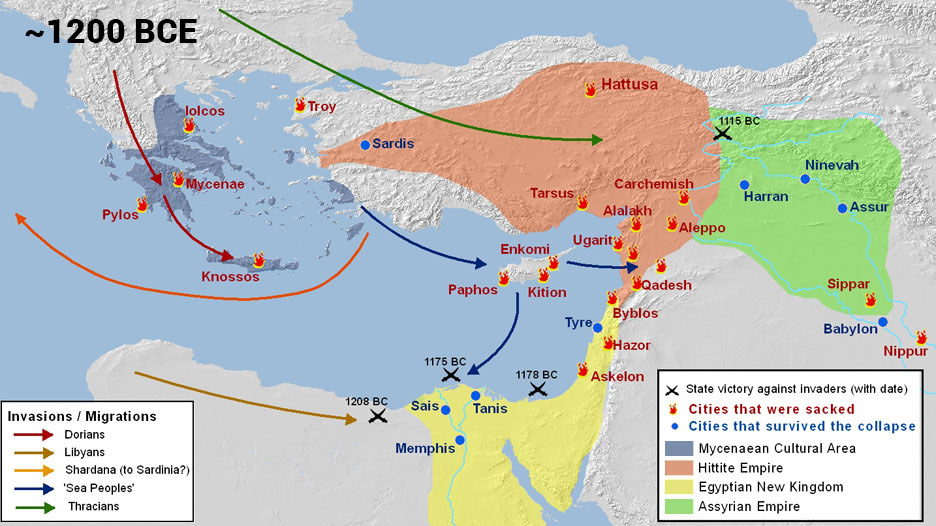
Ugarit and the Greek city-state of Mycenae were two of the most prosperous kingdoms in a thriving international economy that grew along coastal trade routes linking today’s Greece, Turkey, Syria, Lebanon and Egypt. Their markets sold everything from imported olive oil to local grain, while artisans crafted sculptures and weapons from the metal alloy that gave this period its name. Made with tin from Afghanistan and copper from Crete, bronze was the ultimate achievement of long-distance trade as well as technical know-how.
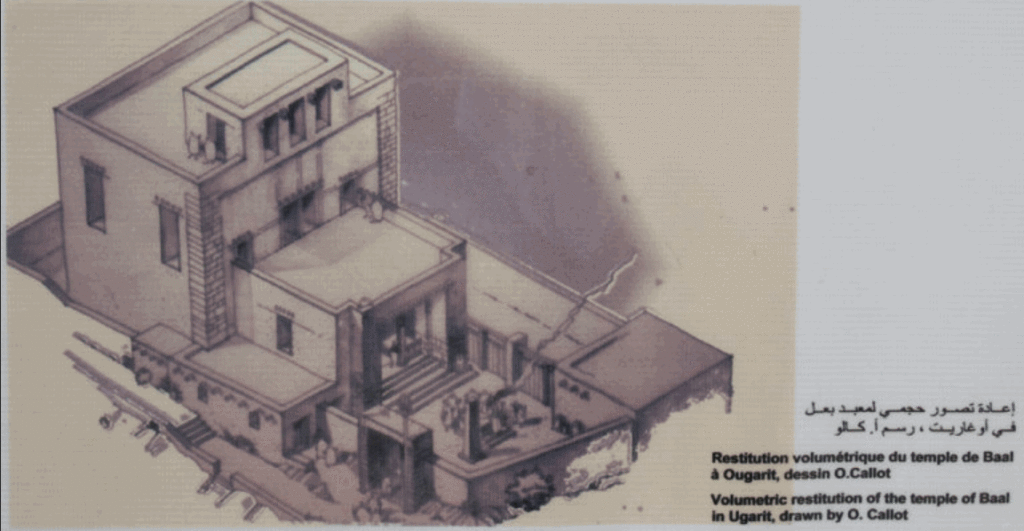
But the Bronze Age was also a time of extreme inequality.
Cities were ruled by wealthy urban aristocrats who controlled trade, relied on various kinds of forced labor, and placed heavy tax burdens on their client states and agricultural villages. When times got hard, the commoners in Ugarit and Mycenae felt the squeeze.
Historians and archaeologists don’t know all the reasons these cities collapsed. But there is evidence that both burned to the ground in the 1100s B.C.E., their sumptuous palaces toppled and abandoned. (There are signs of earthquakes, too.)
For centuries after these events, there are almost no written records. It was as if literacy and culture evaporated along with the kingdoms themselves.

Until recently, historians blamed this collapse on marauders known as the Sea People. Supposedly these Sea People sacked the cities, leaving the once-great kingdoms of the Mediterranean to be menaced by pirates or worse.
New research has challenged this whole story.
Eric Cline, a classicist at George Washington University and author of “1177 B.C.: The Year Civilization Collapsed,” explained that there’s no evidence of invaders coming from the outside at Mycenae, so violence must have come from within.

Given what’s known about these societies, he concludes that the city’s lower classes may have gotten fed up and just burned it all down.
Josephine Quinn, an archaeologist at University of Oxford, agrees. “The whole Bronze Age system produces a lot of discontent,” she told me.
Mr. Cline and Ms. Quinn’s work puts the achievements of the Bronze Age in a new light. The kings of Mycenae and Ugarit worked hand-in-hand with the wealthiest merchants to get rich. They consolidated economic and political power, to stamp out competition from smaller city-states or independent merchants.
Mr. Cline described a letter from an Ugarit merchant named Sinaranu, who reported that he didn’t have to pay any import tax when his boats returned from Crete loaded up with grain, beer and olive oil. Apparently, tax breaks for the rich are one of the oldest tricks ever invented by the ruling class.
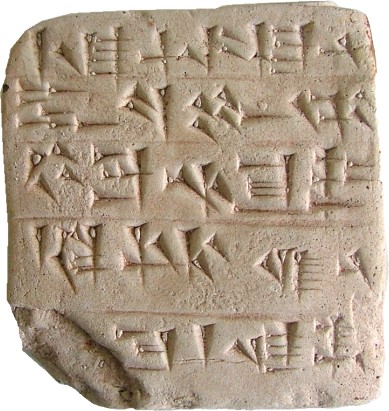
When their cities were swallowed by fire, the Bronze Age ruling classes lost everything, including the subjects they once controlled.
Greece’s population dropped by roughly 50 percent during this time, probably because of a combination of war, drought and migration, according to Sarah Murray, a classics professor at the University of Toronto and author of “The Collapse of the Mycenaean Economy.” Mr. Cline believes that plagues may have driven people into the hinterlands, too.
Still, it’s unlikely that many of these people missed the old ways. “Were they ever concerned about whether the king was adequately supplied with fancy jewelry and ostrich eggs from Egypt?” Ms. Murray asked. “I’d bet that they were not. If anything, the demise of the palaces could have made life easier for them.”
After the uprisings, the Mediterranean was no longer dominated by cities like Ugarit and Mycenae.

Smaller cities such as Tyre and Sidon, which still stand in Lebanon today, emerged from the Bronze Age unscathed and became centers of culture in the region. It was as if the fall of New York and San Francisco left room for Philadelphia and Oakland to take up the slack.
The merchants of Tyre and Sidon thrived in this new world. They were local business owners with no formal affiliations or political ties. With the collapse of the old kingdoms, they had the freedom to sail unknown seas. Tyre’s traders ventured much further than the representatives of Ugarit ever had, and settled in the territory that became Spain, Morocco and Tunisia.

In other words, the demise of Bronze Age civilization was not an all-out collapse. More accurately, it transformed the nature of political power in cities. Instead of a rigid, international power structure that controlled the whole eastern Mediterranean, there were local governments for each city-state.
One of the reasons historians call this transition period a “collapse” is that writing all but disappeared.
Ms. Quinn said that may have been another sign of the anti-state protests. The kings of Ugarit and Mycenae kept a tight leash on their client states by using written records to track their wealth and levy taxes. Farmers and merchants, she said, might have stopped writing things down to evade the kings’ control.
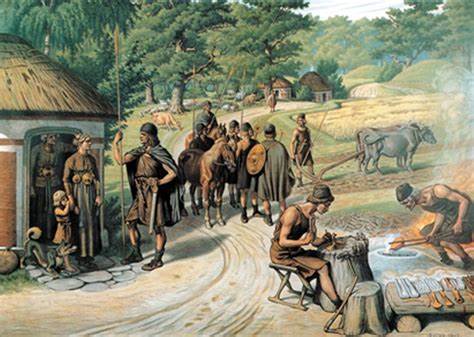
Writing returned to the region a few centuries after the fall of Ugarit, thanks to traders from Tyre and other independent cities. They used a form of writing that was phonetic, based on sounds rather than logographs like Egyptian hieroglyphs. This script, dubbed Phoenician, was easy to learn, easy to adapt to local languages, and became the basis for the modern Roman alphabet we use today.
As we live through what could be the first big cataclysm of the third millennium, the people of the late Bronze Age have something to teach us.
“Invest in the local community, because no matter who is in charge at the top, local business are likely to survive,” said Ms. Quinn.
Of course, she added, the ultrarich companies will survive, too.
The biggest traders of Ugarit didn’t disappear, because they had political connections in the surviving cities like Tyre. Their fancy homes may have burned down, but they could afford to buy new ones.
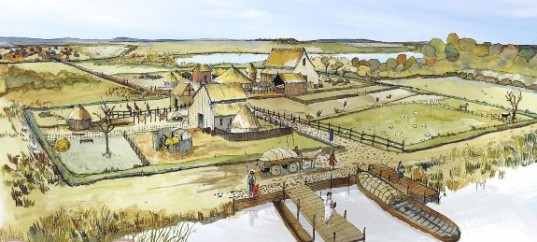
Will we face a violent uprising in the wake of economic collapse?
Perhaps, but today’s 1 percent might not suffer the way Bronze Age kings did. For one thing, local trade networks are no longer as robust as the ones that existed in 1000 B.C.E., when merchants from Tyre traded with nearby villages, who then traded with other neighboring towns.
“We really have demolished local manufacturing and supply systems,” Ms. Murray said. “It is a bit sad to reflect on the contrast between the Bronze Age case, in which a few elites bore the brunt of the suffering.”

These days, local traders and small towns depend on international supply chains as much as the kings of Ugarit did. One thing remains certain. Our survival still depends on sustainable local networks, and not tax breaks granted by kings.
Conclusion
The collapse of the Bronze Age was a significant collapse of society. It had many contributors. Much of which was apparently instigated by the wealthiest and most powerful of the day. The end result was a collapse of society on all levels.
This included a collapse of commerce, city and urban life, writing and education. What followed was a quiet time that was not recorded. Whether this was a dangerous and barbaric time, or something more peaceful, we do not know.
These kinds of events happen throughout history. We owe it to ourselves to strengthen our local regional relationships, and become skilled in practical physical construction, farming or services. Just because societal collapse is an infrequent event, does not mean that it does not happen. It does.
Be alert and know your neighbors.
Do you want more?
I have more, similar articles, along this line in my SHTF Index, here…
SHTF ArticlesArticles & Links
You’ll not find any big banners or popups here talking about cookies and privacy notices. There are no ads on this site (aside from the hosting ads – a necessary evil). Functionally and fundamentally, I just don’t make money off of this blog. It is NOT monetized. Finally, I don’t track you because I just don’t care to.
To go to the MAIN Index;
Master Index.
- You can start reading the articles by going HERE.
- You can visit the Index Page HERE to explore by article subject.
- You can also ask the author some questions. You can go HERE .
- You can find out more about the author HERE.
- If you have concerns or complaints, you can go HERE.
- If you want to make a donation, you can go HERE.
Please kindly help me out in this effort. There is a lot of effort that goes into this disclosure. I could use all the financial support that anyone could provide. Thank you very much.
[wp_paypal_payment]

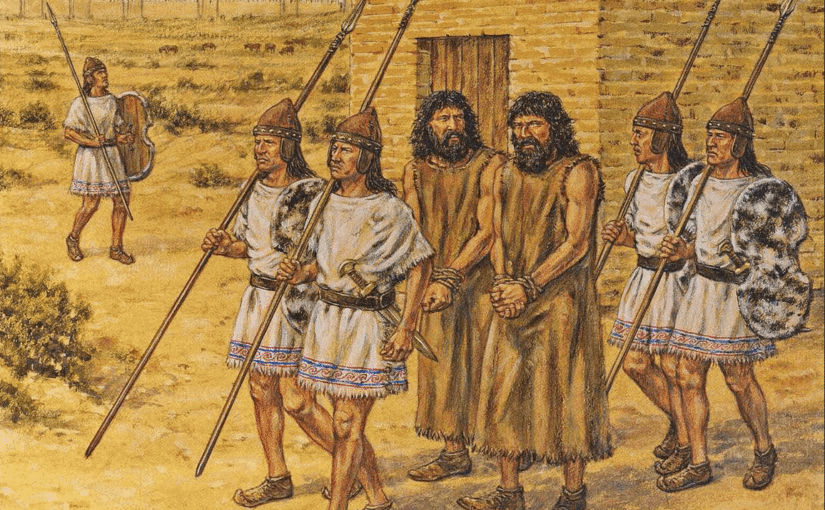

QUOTE These kinds of events happen throughout history. We owe it to ourselves to strengthen our local regional relationships, and become skilled in practical physical construction, farming or services. Just because societal collapse is an infrequent event, does not mean that it does not happen. It does. UNQUOTE. This site is UNLIKE other sites that comment on the PTB, Elites & others. It actually puts the message out to those who will listen – that things are going to happen. And ofcourse, it will happen the “way” the PTB want you to believe – and ultimately – accept. The truth is however they want, for the good of humanity, you and your society to believe in. Western civilization – just “might”fall. 4 Quadrilion Dollars worth of debt need to be zerotised, or everything explodes. Or actually fiat money is designed for resets every 50 years or so. It has to. It’s just that this reset, the PTB have ALLLL thei ducks lined up…. Take heed. Get ready. Keep your head down as the missiles fly & remember QUACK very nicely when Boss duck tells you to Quack…. PTB want to keep really nice polite obedient effective duck managers for the future…. Quack, quack from me…. IN a very nice polite and obedient way, of course!